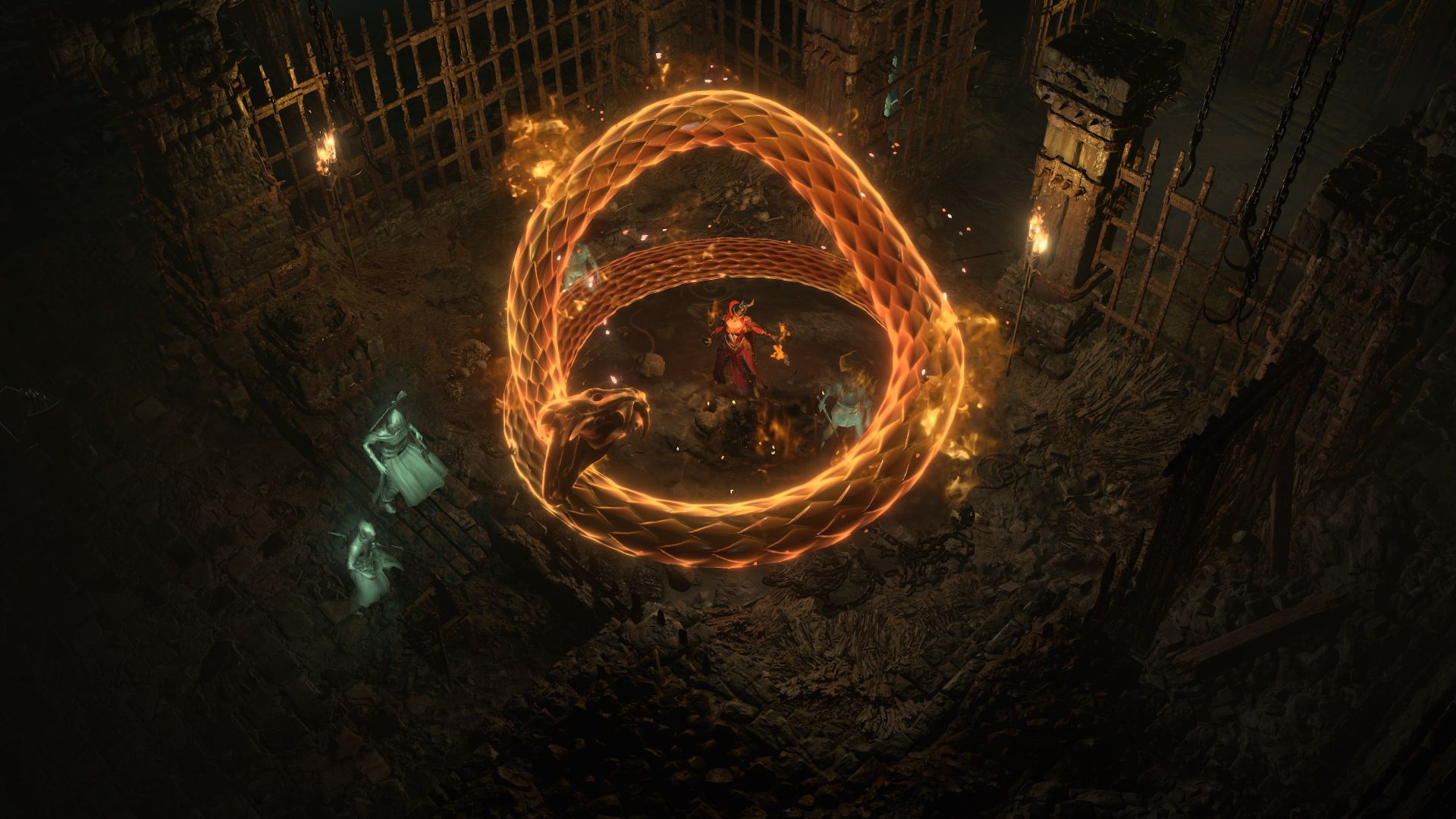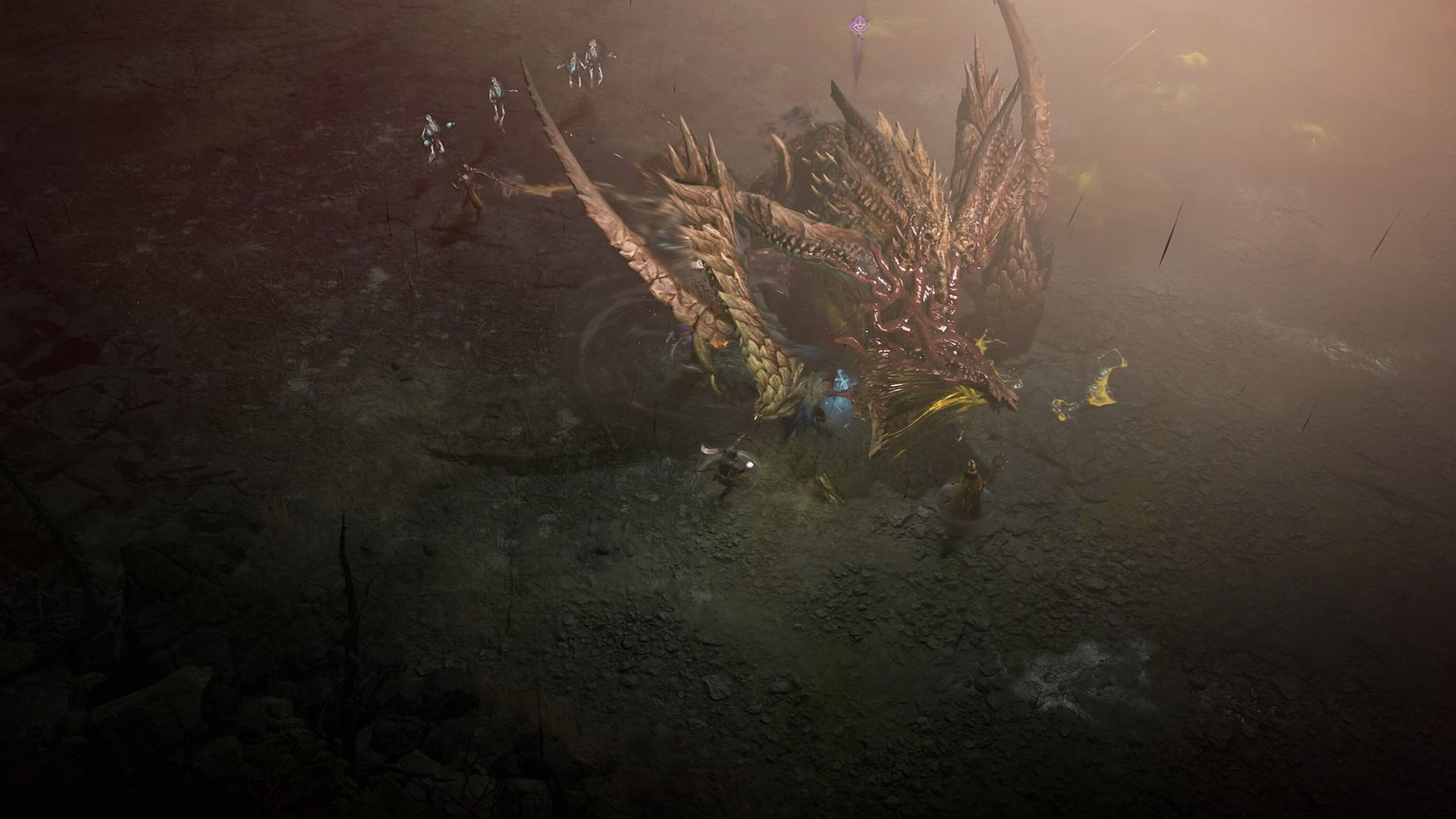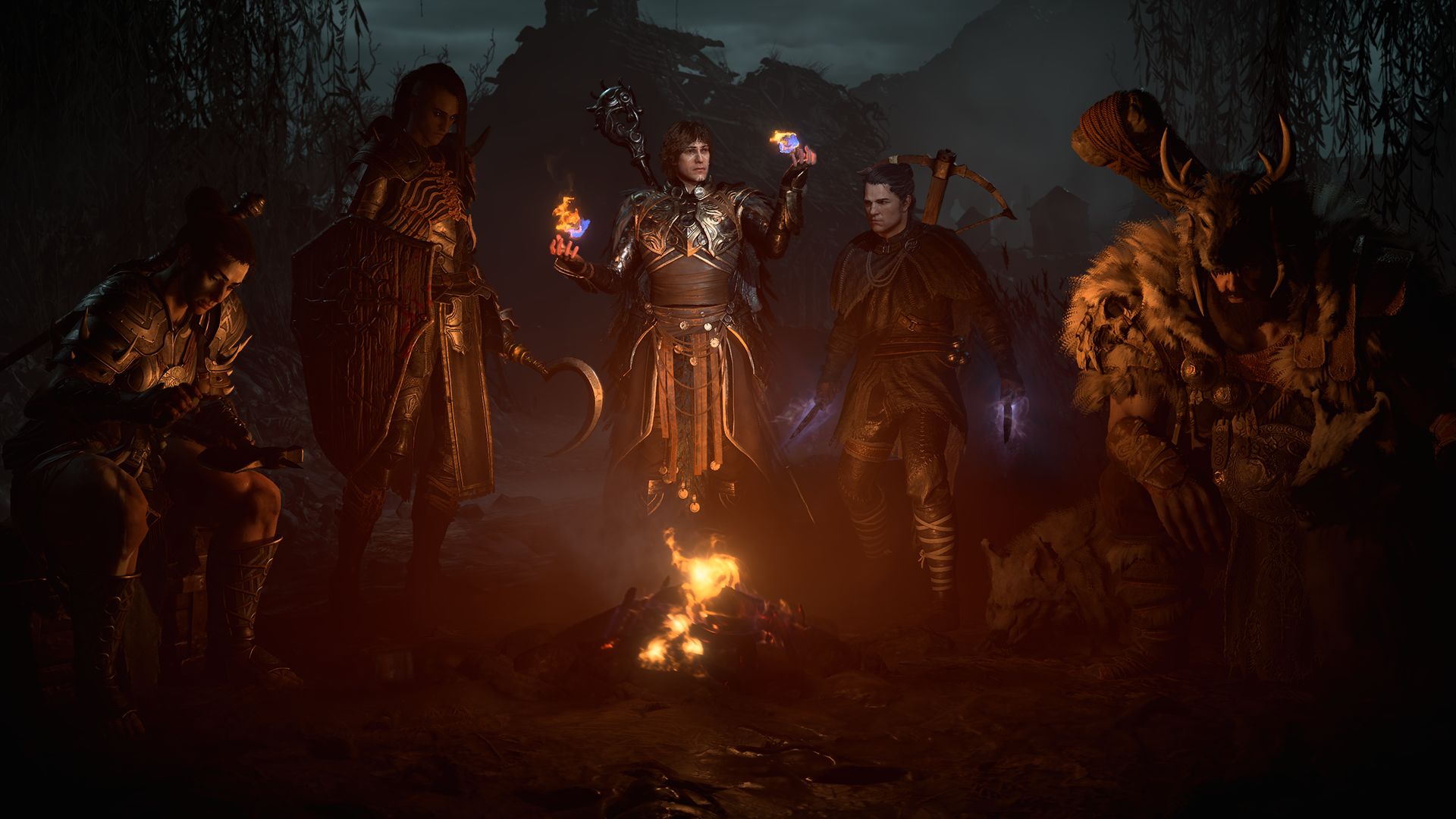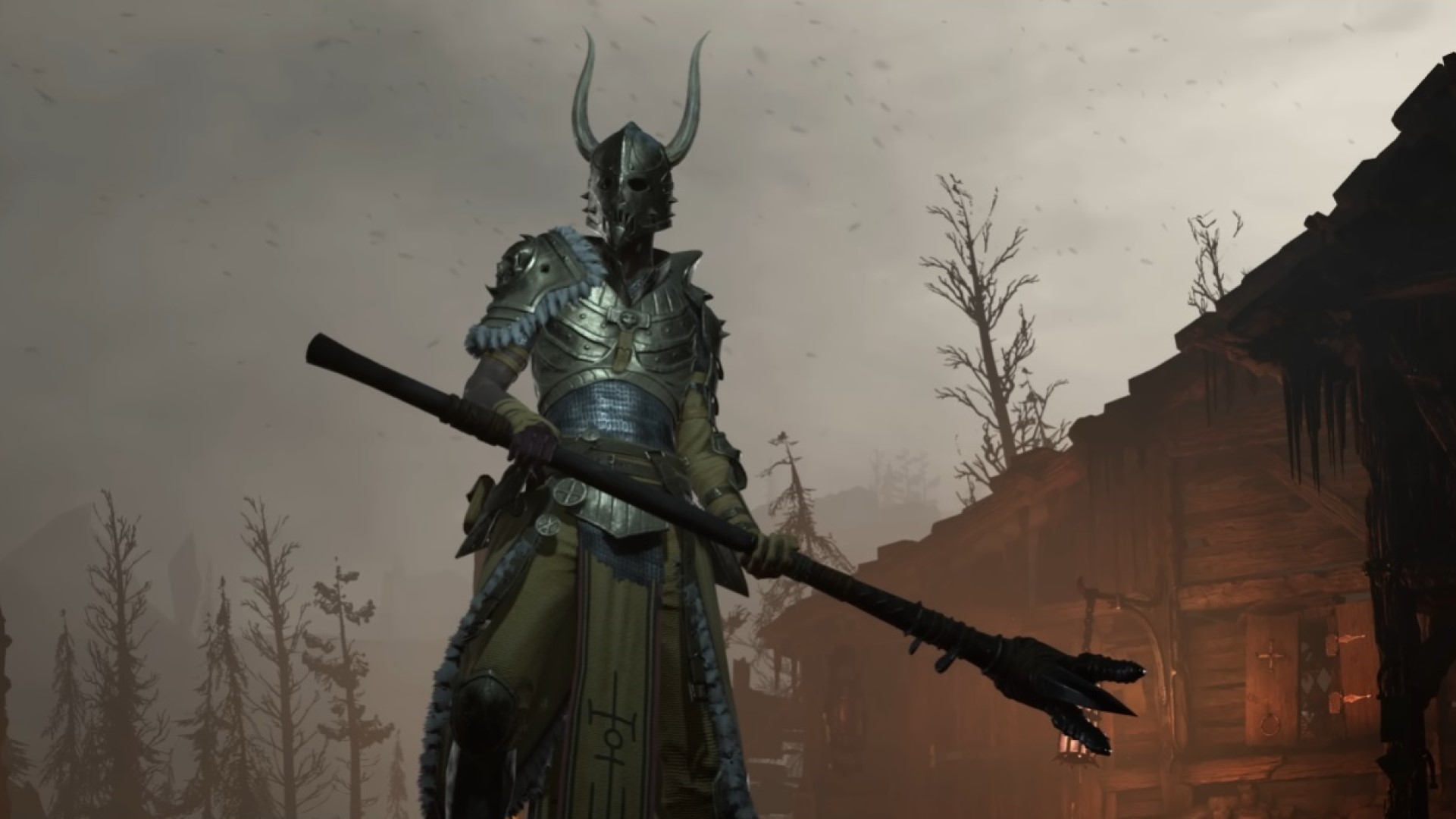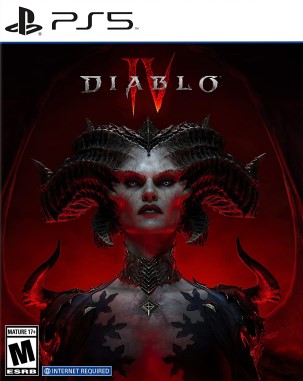
Things are a little down in Diablo 4 land for those who missed all the controversy over the past several days. After launching in June to massive hype and strong praise from critics, the eagerly awaited Diablo 4 earned nearly $670 million in sell-through within the first five days. Activision Blizzard even bragged the title had been “experienced” by ten million players. It’s not quite the same as saying it sold that many copies, but that’s still a hefty number.
Regardless, it means many more people would be looking forward to Season 1 and probably spend on the Premium Battle Pass (or at least activate the one that came with their Deluxe/Ultimate Edition). The ten million figure was announced on July 19th – remember that date. We’ll come back to it in a bit.
However, before Season 1 would be revealed as Season of the Malignant, some players were getting a bit antsy about the state of the game. The enemy density in Nightmare Dungeons and Helltides felt low. Some Uniques were borderline impossible to earn. Certain classes, mainly Sorcerer, felt extremely underwhelming and needed buffs. Absurd respec costs, having to reassign each node in the Paragon Boards one-by-one, limited stash space, some remaining bugs – discontent over these was starting to build up.
There was still hope that Season of the Malignant would usher in some much-needed changes and improvements. For its part, the development team was relatively on point with several fixes and balance changes, even if it displayed an unusual propensity to fix any power leveling that could benefit players. For all intents and purposes, Diablo 4 players were cautiously optimistic.
Then, on July 18th, it happened. The pre-Season of the Malignant patch. To say it was a disaster would be kind.
The patch introduced Unique items and Legendary Aspects. Many were underwhelming, but hey, it’s fine, right? At least Blizzard didn’t nerf every class and make almost every build worse, regardless of their place in the meta, right?
Oh, wait.
Some Aspects providing damage reduction and more damage to stunned enemies were nerfed. Certain stats being stronger on weapons were heavily nerfed. Cooldown reduction, trap skill cooldown reduction, critical strike damage, Vulnerable damage, damage to crowd-controlled enemies, total armor, damage reduction from bleeding/close/distant/burning/poisoned/shadow over time/fortified – nerfed, nerfed and nerfed.
It wasn’t all bad news, though. Direct damage from elements and physical skills had been directly increased, while map discovery was now account-wide, so you wouldn’t have to slog as much when starting from scratch with a Seasonal character. However, on top of all the nerfs, the development team introduced several other ways to make you spend more time with the game (and not in a fun way).
Teleporting out of a dungeon now takes five seconds, instead of three. Bonus XP awarded when slaying monsters that were higher levels than you had been reduced, in case you tried to get a higher level friend to power level you. Helltide rewards, particularly the Gift of Mysteries chest, required more Aberrant Cinders to unlock.
While hefty nerfs to a live-service action-RPG looter aren’t anything new (just ask Path of Exile fans), doing so even before the first season of Diablo 4 went live felt extremely bad. They weren’t restricted to seasonal characters but affected everyone, even those playing through the base game at a measured pace. Imagine buying the game a few days prior and having fun, only for this patch to drop and severely gimp your build. Unless you were smart enough to play a Twisting Blades Rogue. Then you’re more or less fine (but still weaker than before).
The backlash to this was immediate and immense. Despite Activision Blizzard hyping the player numbers just a day later, the Metascores for all versions of the game were heavily review-bombed. The PS5 version sits at a whopping 1.8 from 5575 ratings, while the PC version is at 2.2 from 7261 user reviews. The other platforms are just under a 3.4 rating each.
Of course, there were other issues afoot, thanks to the patch. Level requirements were introduced for World Tier 3 and 4, further hindering players from trying to advance too far through the content. Aberrant Cinders had abysmally low drop rates, which was confirmed to be a bug.
Also, if you wanted to redeem your Premium Battle Pass in another season, for whatever reason, a UI issue caused the focus to default to the Battle Pass button when trying to check Season Journey. It would then take you to the Activate Premium button for the Battle Pass with no confirmation pop-up or anything.
All of this, every single bit, is bad enough. However, when compounded with the relative lack of improvements and constantly demanded quality-of-life features, it was the first real wake-up call to many fans that maybe, just maybe, Blizzard isn’t their best friend and cares more about maximizing daily active user counts instead of delivering the best experience. The reality of development is often much more complicated, but this wasn’t generating much sympathy, either way.
To the developer’s credit, it didn’t chastise players for not having phones or not understanding the changes. It acknowledged that the patch didn’t offer the “greatest play experience” and decided to never release one like this “ever again.”
“It’s not the greatest play experience for players out there,” said global community director Adam Fletcher. “We don’t plan on doing a patch like this ever again. We hear you loud and clear.” Associate game director Joe Piepiora admitted that the team went too far to balance the stronger builds. “Sometimes we just don’t get it quite right.”
Patch 1.1.1 was then announced, and promised more monster density in Nightmare Dungeons and Helltides, adjustments to XP gains when leveling from 50 to 100, an additional stash tab (yes, just one), lower respec costs and much more. It recently held a Campfire Chat to showcase some of the buffs coming to each class, with Sorcerer and Barbarian getting some much-needed buffs.
Perhaps the biggest change out of all this is how future patches will be handled. Campfire Chats will now occur near the release of major updates, with the team talking about the updates and gathering feedback.
Whether you’re a fan of the game or not, found it enjoyable or just fine (like I did), this entire series of events reinforces some of the problems with the live service model. Yes, in many cases, you can enjoy a release that was unenjoyable or borderline broken at launch, as seen with Ghost Recon Breakpoint, No Man’s Sky and so on. However, in the case of titles like Diablo 4, you can’t just continue with the game you enjoyed. You must download the latest update, even if it makes the experience lesser, with no compromise.
There’s a debate to have about the positives and negatives of the whole deal. Regardless, Diablo 4 is only just getting started and based on Blizzard’s other titles throughout its long history, this won’t be the last controversy we see. Whether it can maintain some level of popularity throughout it all without turning away fans permanently with its antics is the real test.
Note: The views expressed in this article are those of the author and do not necessarily represent the views of, and should not be attributed to, GamingBolt as an organization.








